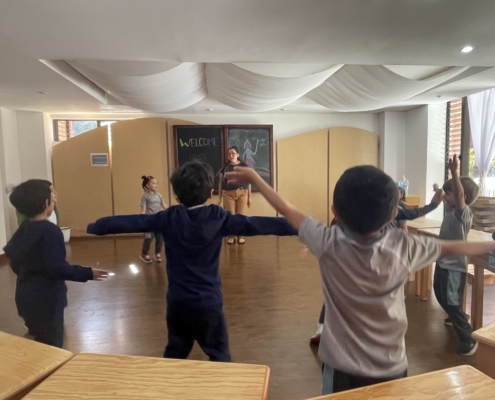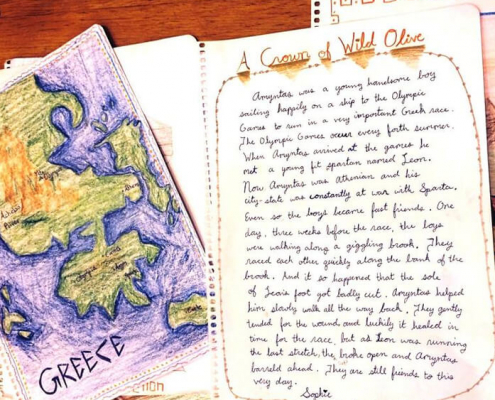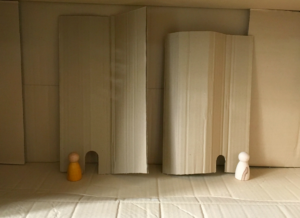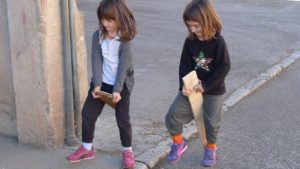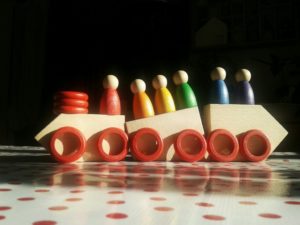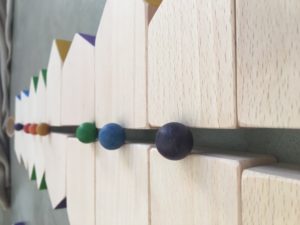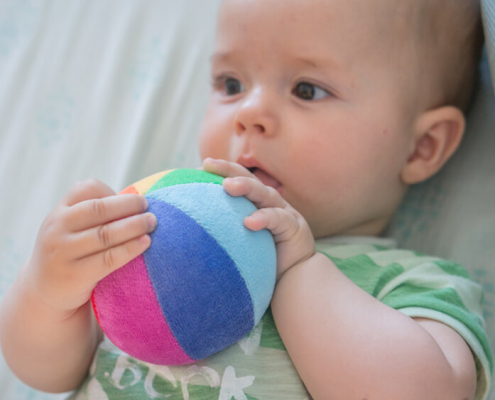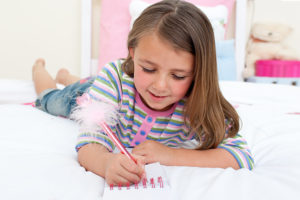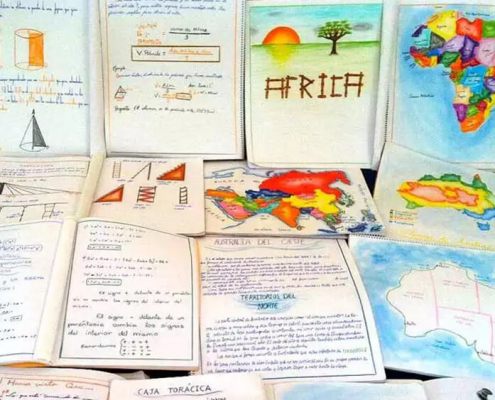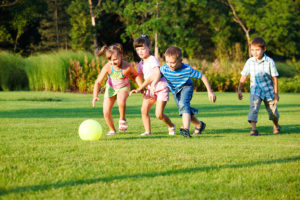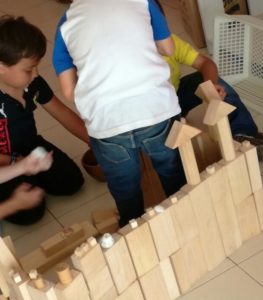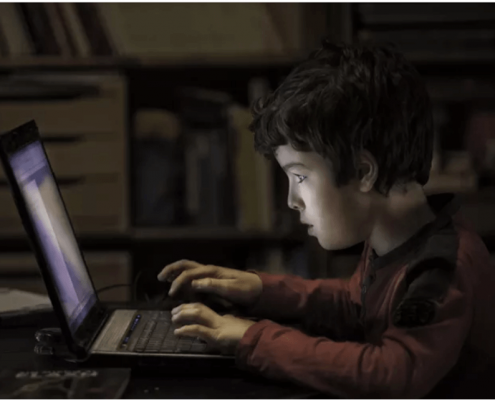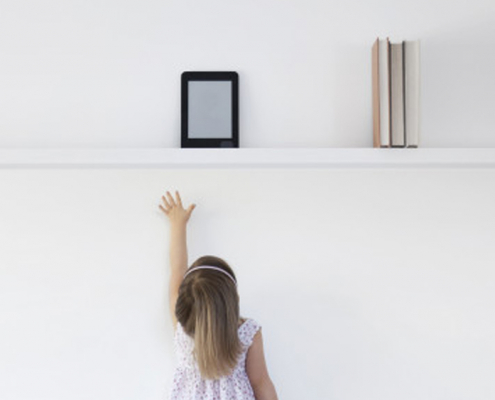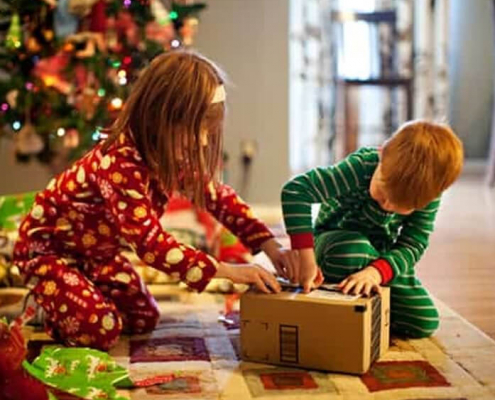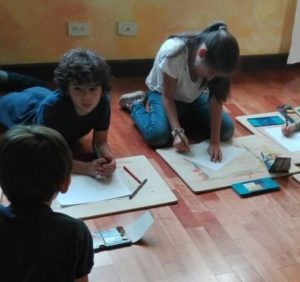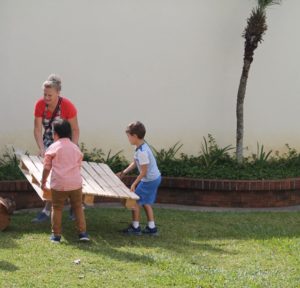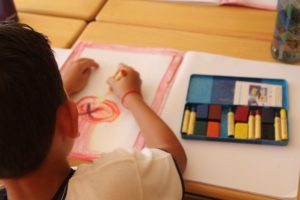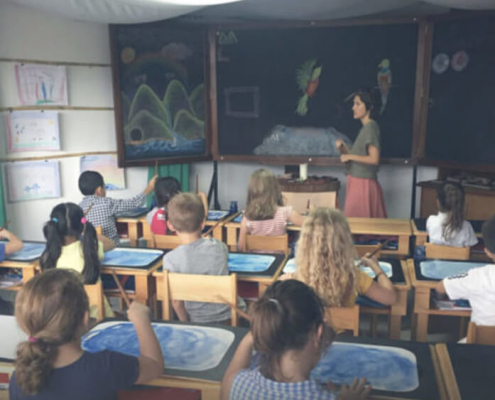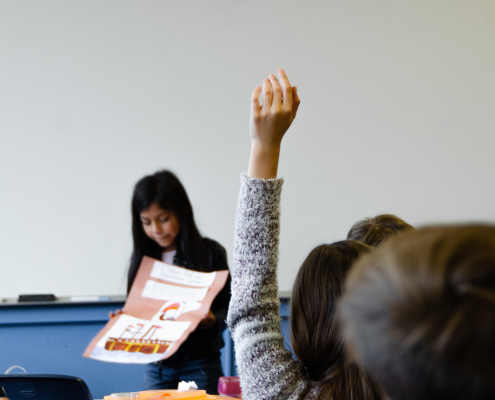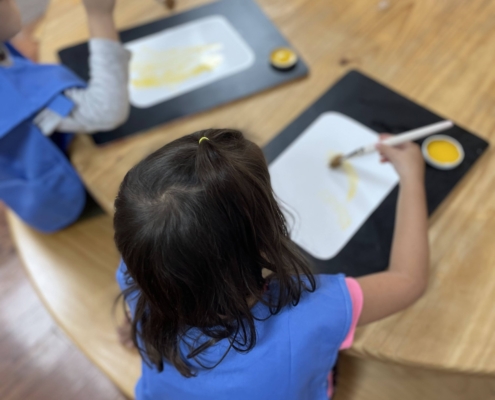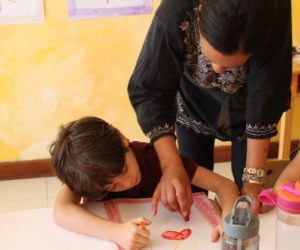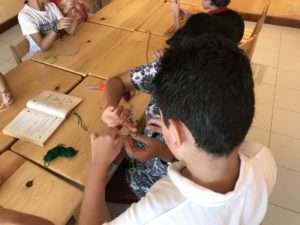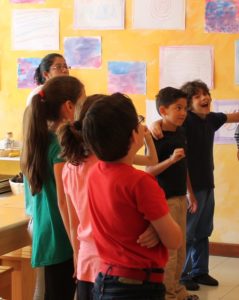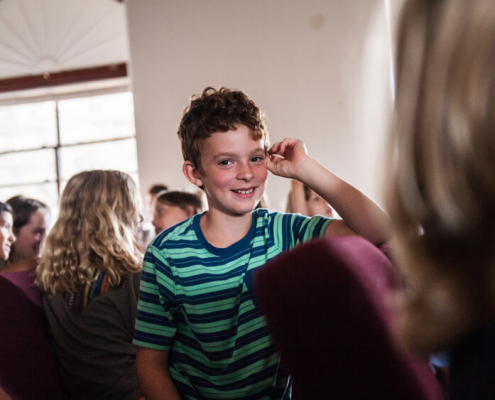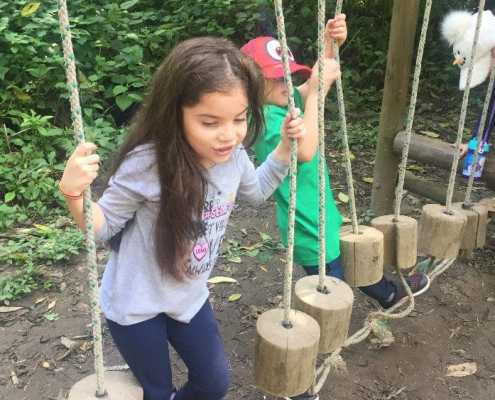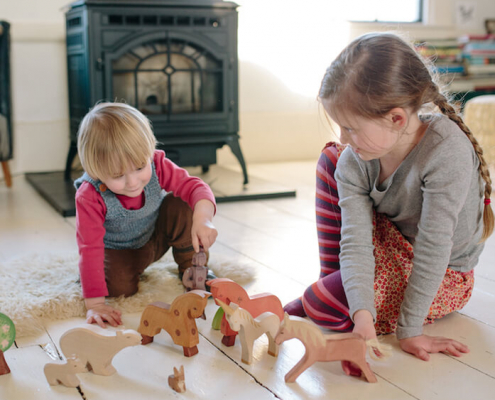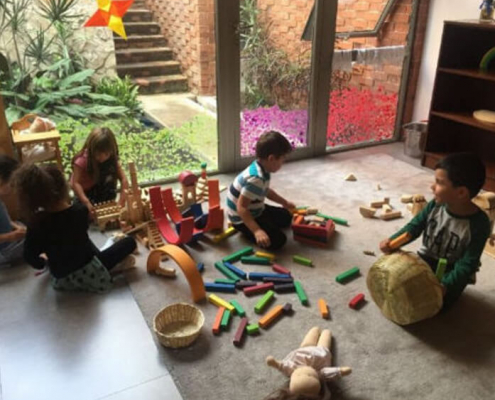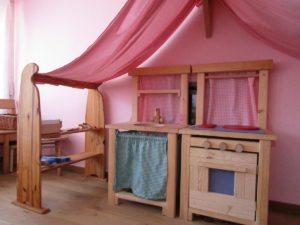Guatemala me da tanto
Escrito por Gabriela de Erichsen
Queridos amigos guatemaltecos,
Septiembre es el mes en que Guatemala se viste de azul y blanco, colores que representan nuestra bandera, la camiseta que nos identifica como chapines, nuestro orgullo. Mes donde recordamos los textiles coloridos que forman parte de nuestra identidad, donde repasamos nuestros únicos y emblemáticos símbolos patrios; sin mencionar el sabor de su comida y sus bellos y coloridos paisajes. Tanto nos da Guatemala que no sabríamos por dónde empezar para devolverle tanto. Por lo que propongo que le devolvamos todo el año felicidad, orgullo, respeto y amor. Septiembre se puede ir, pero el azul y blanco que nos identifica nunca se debe apartar de nuestros corazones.
Este 15 de Septiembre, me encontré con un escrito de una ex compañera de colegio, y me pareció que merecía ser leído por todo guatemalteco que ha recibido tanto de nuestro bello país. Les recomiendo leerlo en familia para que juntos podamos abrir nuestros ojos a todo lo bello que nos rodea. A apreciar y reconocer lo dichosos que somos por vivir en Guatemala. Se los comparto:
Guatemala me da tanto
Guatemala me da tanto, todos los días.
Me da un paisaje de montañas y volcanes siempre verdes, siempre cerca.
Selva enigmática y curiosa, fauna diversa, flora coqueta de la primavera eterna.
Guatemala me da una bandera azul y blanca ondeando libre, bajo el cielo celeste que se viste de colores en cada atardecer.
Guatemala es color vibrante que vive en las artesanías de hilo y tejido, de cerámica, madera o jade. Es riqueza cultural que a veces parece querer esconderse pero al apreciarla sale imponente con sabiduría milenaria en cada rincón.
Guatemala me da una oferta incalculable de sabores, desde la tortilla recién salida del comal, hasta platillos de recados elaborados y cocción lenta. Con sus dulces típicos, caldos, verduras coloridas, e infinidad de fruta fresca otorga día con día, un festín al paladar y una sonrisa interna.
Guatemala me da gente bella, chapines trabajadores, sonrientes y amables, valientes, curiosos, solidarios, jocosos y emprendedores.
Guatemala me da notas de marimba que me hacen viajar en el tiempo, abrazar a mis abuelos y sacar a bailar a mi corazón. Me da escalofríos de orgullo cuando escucho “Luna de Xelajú” en el extranjero o la chirimía en el interior del país.
Guatemala me da pretextos para celebrar, con sus solemnes procesiones en las calles alfombradas con aserrín y flores, con fiambre de mil sabores, nacimientos multicolores y posadas que caminan al ritmo de la tortuga y “El niño del tambor”. Antorchas de independencia, luces pirotécnicas y árboles de Navidad. Ferias patronales, con churros y tamales, chocolate caliente, café y atol.
Guatemala me da tantas razones por las que amo saberme chapina. Pero Guatemala también me da dolor. Dolor al conocer las historias de los migrantes, desolación al ver los rostros del hambre, que la corrupción impide saciar. Guatemala me da contrastes, sus cielos abiertos me inspiran a soñar y a la vez me da pesadillas al vivir en carne propia los látigos de la delincuencia, de tanta agresividad colectiva que provoca muerte y maldad. Y entre su abundancia, Guatemala me muestra pobreza y tanta necesidad. Y el dolor que provoca sentirse impotente hace que muchos cerremos los ojos tratando de ignorar la realidad.
Guatemala me da tanto… porque más que sólo ser una extensión territorial, Guatemala es todo lo que vive y ha vivido, somos tú y yo junto a la historia de ayer y hoy. Y si Guatemala es un intercambio y ella me da tanto, vale la pena preguntarse ¿qué le doy yo?
A Guatemala yo le doy mi trabajo diario, le ofrezco mi cambio de mentalidad egoísta por uno que incluya el bien común. Le doy mis rezos, buenas palabras y energía positiva. Hoy a Guatemala le doy un abrazo de cumpleaños, honro lo que ha vivido, agradezco lo que a diario me da, lamento, pido perdón y perdono tanto dolor y me dispongo a aceptar y amar su realidad, con el objetivo de transformarla para que sea mejor.
Guatemala reparte a diario innumerables bendiciones, muchas que quizás no sabemos del todo agradecer. Hoy es su cumpleaños… si escucháramos lo que dice al hablarnos… ¿qué crees que nos pediría de regalo?
Y a tí, ¿qué te pide Guatemala?
Por Anna Evelyn Valdez Meléndez
Que nuestro mes patrio sea todos los meses, que nuestro orgullo por Guatemala sea todos los días. Que podamos esparcir por donde vayamos los colores de nuestros textiles que irradian alegría y vida por doquier. ¡Guatemala tu nombre inmortal!
Feliz cumpleaños a nuestra querida Guatemala.

